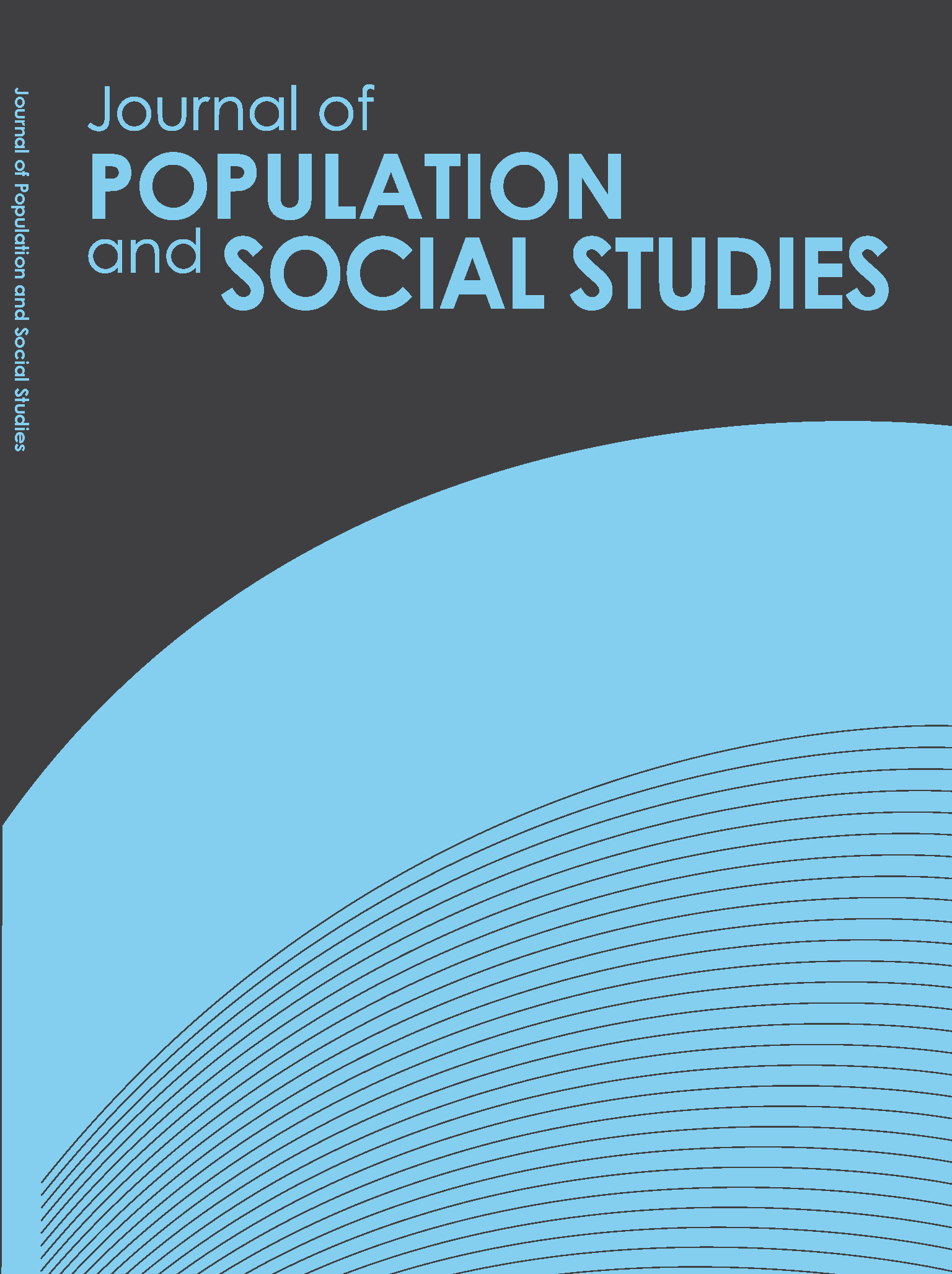Increasing Acceptance of Daughters in India: Trends, Regional Differentials and Determinants
Main Article Content
Abstract
Using data from National Family Health Surveys I, II, III and IV, the present study explores the emerging trends and determinants of having daughters only in India. Results reveal there is an increasing trend in daughter preference in southern states, while the prevalence of daughter-only families is lower in northern, central and western states. The binary logit regression analysis reveals younger age of women, educational level, urban residence, wealth index of the household and southern region have a significant positive effect on daughter acceptance in India. The study found despite an increasing desire for smaller families, there is still a perceived necessity of sons for inheritance, carrying on the family name, economic support during old age and performing religious rites. At the same time, there are indications that some couples are accepting permanent methods of family planning without having a son. Therefore, it is important for the Government of India to focus on effective strategies to reduce its son preference and accelerate the acceptance of daughters.
Article Details
References
• Agnihotri, S.B. (2000). Sex ratio patterns in the Indian population: A fresh exploration, New Delhi: Sage Publications.
• Arokiasamy, P., & Goli S. (2012). Explaining the skewed child sex ratio in rural India: Revisiting the landholding-patriarchy hypothesis, Economic and Political Weekly, 47(42), 85-94.
• Bhat, P.N. Mari, & Zavier A.J.F. (2007). Factors influencing the use of prenatal diagnostic technique and the sex ratio at birth in India, Economic and Political Weekly, 42(24), 2292-2303.
• Bhat, P.N. Mari (2002a). On the trail of missing Indian females I: Search for clues, Economic and Political Weekly, 37(51), 5105-5118.
• Bhat, P.N. Mari (2002b). On the trail of missing Indian females II: Illusion and reality, Economic and Political Weekly, 37(52), 5244-5263.
• Cowan, B. (1990). Let her die. Indian Maternal and Child Health, 1(4), 127-128.
• Das, G.M. (1987). Selective discrimination against female children in rural Punjab, India. Population and Development Review, 13(1), 77–100.
• Dyson, T., & Moore M. (1983). On kinship structure, female autonomy and demographic behaviour in India. Population and Development Review, 9(1), 35–60.
• Edmeades, J., Pande, R., Macquarrie, K., Falle, T., & Malhotra, A. (2012). Two sons and a daughter: Sex composition and women's reproductive behaviour in Madhya Pradesh, India. Journal of Biosocial Science, 44(6), 749-764.
• Guilmoto, C.Z. (2012). Sex ratio imbalances at birth: Current trends, consequences and policy implications. UNFPA Asia Pacific Regional Office, Bangkok.
• Guilmoto, C.J. (2007). Characteristics of sex-ratio imbalance in India and future scenarios. New Delhi: United Nations Population Fund.
• India, Registrar General (2013). Primary census abstract, India, states and UTs, series 1, census of India 2011. New Delhi: Registrar General.
• Jha, P., Maya A.K., Kumar R., Ram F., Ram U., Lukasz, A., … Banthia, J.K. (2011). Trends in sex selective abortions of girls in India: Analysis of nationally representative birth histories from 1990 to 2005 and census data from 1991 to 2011, Lancet, 377, 1921-1928.
• Kulkarni, P.M. (2007), Estimation of missing girls at birth and juvenile ages in India. New Delhi: United Nations Population Fund.
• Kabeer, N., Huq, L., & Mahmud, S. (2013). Diverging stories of “missing women” in South Asia: Is son preference weakening in Bangladesh? Feminist Economics, 1-26.
• Miller, B.D. (1981). The endangered sex: Neglect of female children in rural North India. Ithaca: Cornell University Press.
• Mutharayappa, R., Choe, M.K., Arnold, F., & Roy, T.K. (1997). Is son preference slowing down India's transition to low fertility? NFHS Bulletin, No. 4. Mumbai: International Institute for Population Sciences and East-West Center Program on Population.
• Sen, A. (1990). More than 100 million women are missing, The New York Review of Books, December 20, 61-66.
• United Nations Population Fund (UNFPA) (2015). How many girls are missing at birth in India? Trends in sex ratio at birth. (2001-12). New Delhi: UNFPA.


